印度尼西亚基础服务改革研究所(IESR)发布的数据表明,该国截至8月份的太阳能总装机容量达到了717.71 MW。
这个总部位于雅加达的智囊机构最近发布了《2025年印度尼西亚太阳能展望》报告。IESR执行董事Fabby Tumiwa指出,在过去两年经历太阳能行业低迷之后,印尼需要“追赶”全球太阳能趋势。
但他补充说,这一趋势正在逆转,印尼的太阳能产业未来“一片光明”。据IESR透露,印尼国有电力公司PLN计划增加可再生能源发电量,从而到2033年新增7.9 GW太阳能发电量;而能源和矿产资源部颁布的政策变动预计将在未来五年内新增超过5 GW的屋顶太阳能装机容量。
该报告称,截至2024年8月,印尼全国共有16.92 GW的已公布太阳能项目正在筹备中。报告预计,到2050年将新增350 GW至550 GW的太阳能装机容量。
报告还补充道,印尼的太阳能相关投资几乎翻了一番,从2021年的6800万美元增加到2023年的1.35亿美元左右。而2024年截至8月份,已公布的太阳能投资约达1.12亿美元。
Tumiwa呼吁印尼政府设立更宏大的太阳能部署目标,并解释说现行计划的装机容量远不足以使该国达成《巴黎协定》目标。IESR表示,为了达成该目标,印尼需要在2030年之前新增77 GW的太阳能发电量,相当于每年新增9 GW至15 GW的光伏发电量。
Tumiwa说道:“光伏产业确实面临着多项间歇性挑战,但因此便限制发展是不合理的。许多国家的光伏发电渗透率超过总发电容量的10%,且没有出现电力供应问题或停电。间歇性问题可以通过将储能系统集成到电网中得到解决。”
在另一份储能研究报告中,IESR预测,印度尼西亚需要新增至少60.2 GW的储能容量才能实现到2060年让太阳能和风能发电量占全球装机容量77%的目标。该报告解释称,印度尼西亚仍处于储能应用的早期阶段,特别需要制定一项全面的战略来加快储能生态系统的发展。
该报告的作者Muhammad Bintang先生表示:“目前,印度尼西亚尚未有任何大规模的储能系统投入运行。小型储能技术的开发由私营部门主导,国有公用事业公司为辅。而制定对新加坡的电力出口计划可以加快印尼储能系统和电池储能系统的实施。该计划预计可以让印尼的储能装机容量增加1000倍,到2030年使总发电量达到33.7 GWh。”
This content is protected by copyright and may not be reused. If you want to cooperate with us and would like to reuse some of our content, please contact: editors@pv-magazine.com.
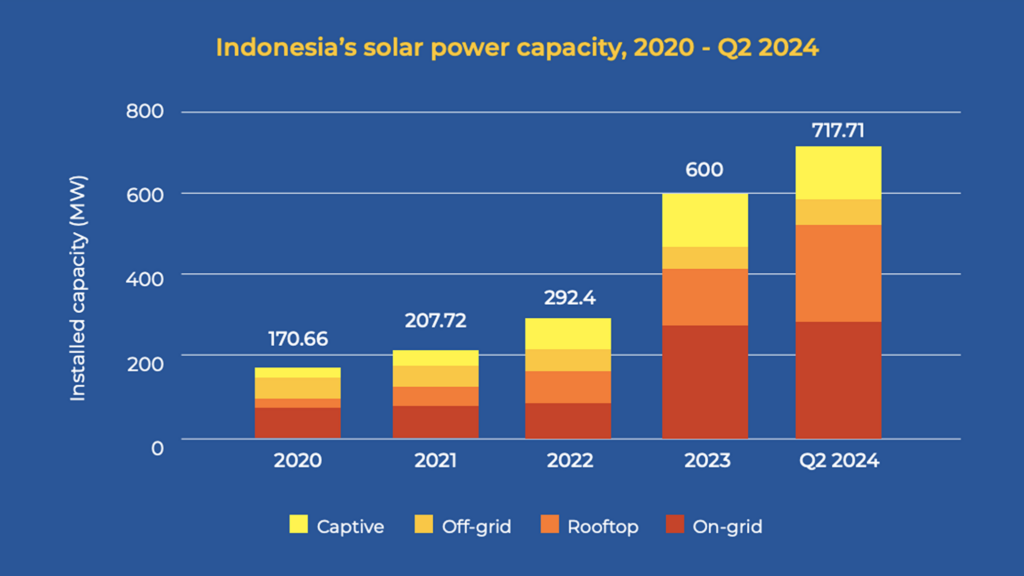


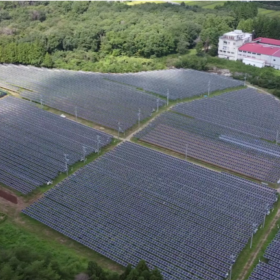
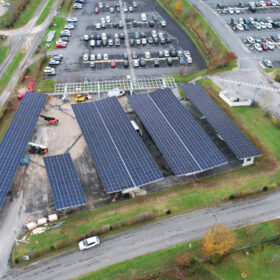
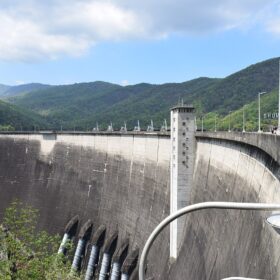
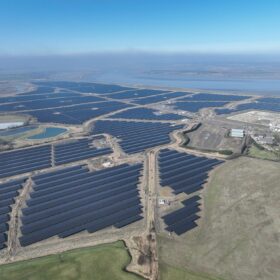





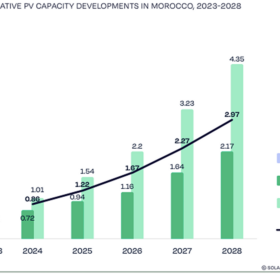
By submitting this form you agree to pv magazine using your data for the purposes of publishing your comment.
Your personal data will only be disclosed or otherwise transmitted to third parties for the purposes of spam filtering or if this is necessary for technical maintenance of the website. Any other transfer to third parties will not take place unless this is justified on the basis of applicable data protection regulations or if pv magazine is legally obliged to do so.
You may revoke this consent at any time with effect for the future, in which case your personal data will be deleted immediately. Otherwise, your data will be deleted if pv magazine has processed your request or the purpose of data storage is fulfilled.
Further information on data privacy can be found in our Data Protection Policy.